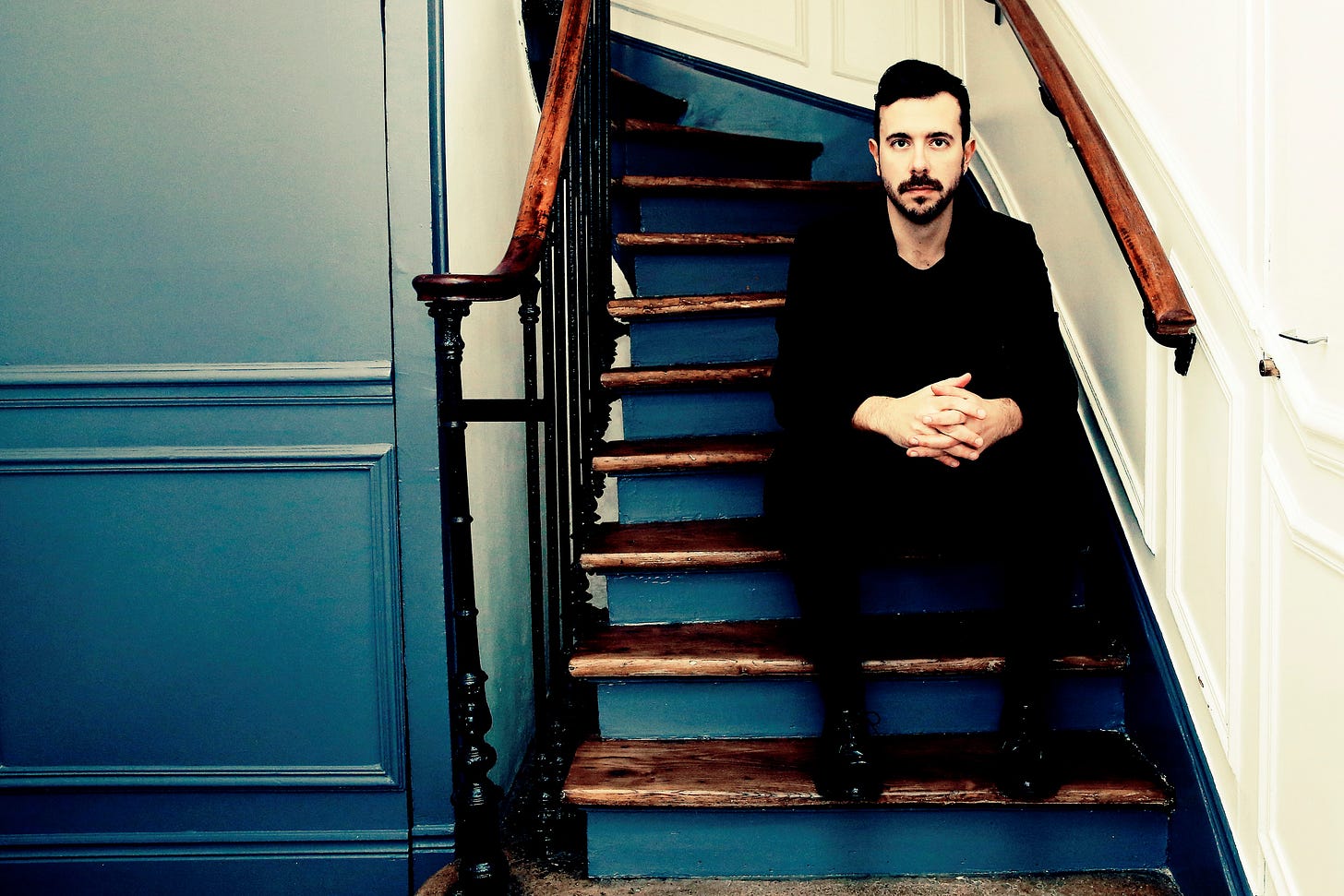Francesco Corti, harpsichord soloist and guest director of the English Concert. Picture by C. Doutre
For the last 12 years, the Georgian city of Bath has hosted a mini-festival - five concerts over three days - devoted to the music of Bach and his contemporaries, a Baroque counterpart to its extended, nine-day Mozartfest every November since 1992. With the future of Bath’s best-known concert venue, the historic Assembly Rooms, still unclear – the Museum of Costume moved out before last year’s Mozart bash – Bachfest 2023 went ahead in three alternative venues: St Mary’s Bathwick – just a stone’s throw from the top of Great Pulteney Street, adjacent to the Holburne Museum – the Guildhall, a municipal glorification of Britain’s Hanoverian dynasty, and the Tudor magnificence which is the Abbey with its spectacular fan-vaulting.
Bach’s most prominent advocate on the modern keyboard, Canadian pianist, Angela Hewitt, opened the proceedings at St Mary’s with JSB’s Overture in the French Style and eight preludes and fugues from Book II of The Well-Tempered Clavier, Onyx Brass played modern instrument arrangements of works by Monteverdi, Purcell, François Couperin, Rameau, Scarlatti, Handel and the festival’s eponym, at the Guildhall. I missed those, alas, and La Serenissima’s all-Vivaldi evening at St Mary’s, but arrived in Bath in time to catch Fretwork’s concert there the following morning: Bach arranged for consort of viols, juxtaposed with Purcell fantasias and four of the same composer’s theatre and free-standing songs. Baroque specialist soprano, Ruby Hughes sang these with a sure sense of style and feeling for the expressive richness of famous numbers such as Music for a While, Sweeter than Roses, and When I Have Often Heard from The Fairy Queen, interwoven with arias from operas by Handel and Rameau. Cleopatra’s Piangerò la sorte mia from Giulio Cesare and Télaïre’s Tristes apprêts from Castor et Pollux suit her keen-edged soprano better than Orlando’s “sleep” aria, Già l’ebro mio ciglio from Orlando, written for the alto castrato, Senesino, but Hughes is an artist who can precisely evoke the different moods of each song, and convey their emotional depth without indulging in overt theatrical histrionics.
Keep reading with a 7-day free trial
Subscribe to Operalogue to keep reading this post and get 7 days of free access to the full post archives.




